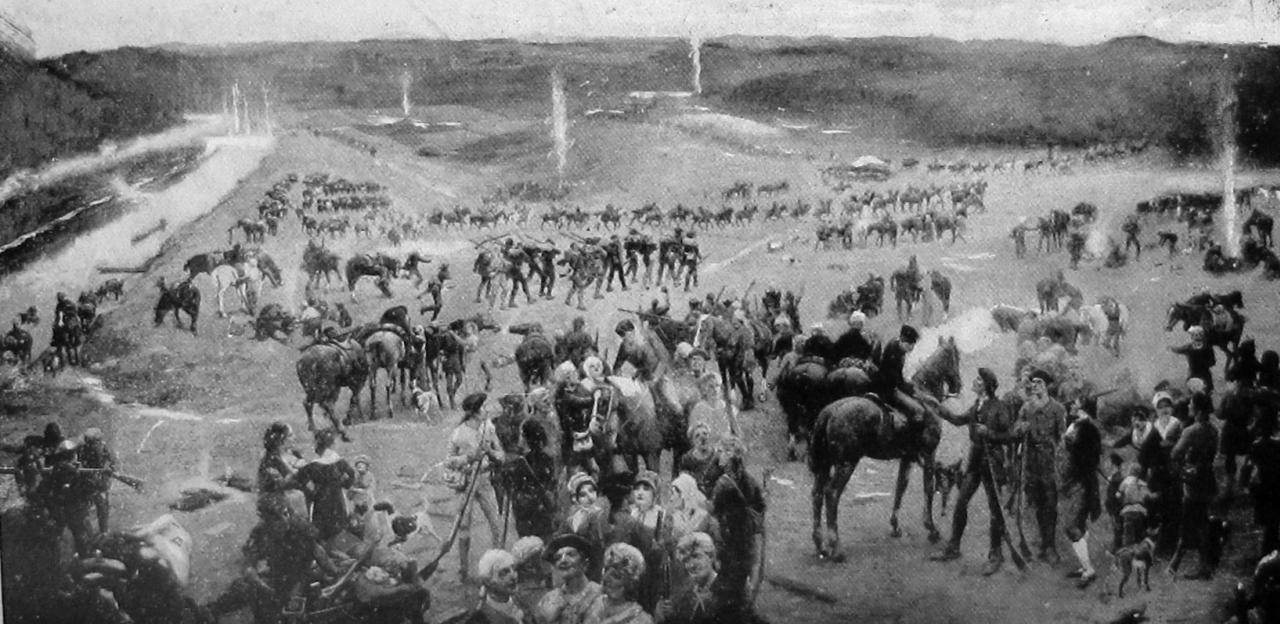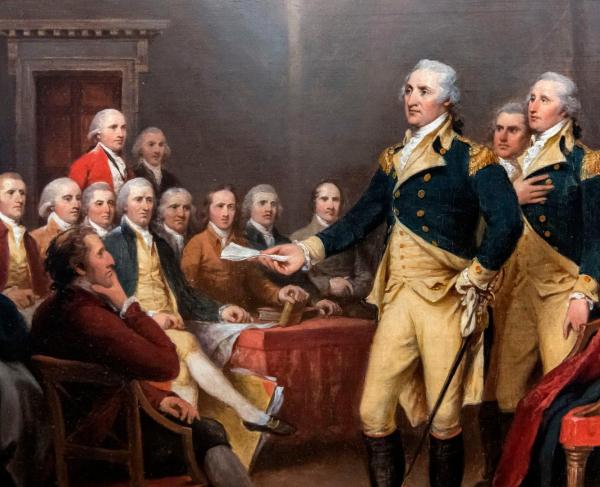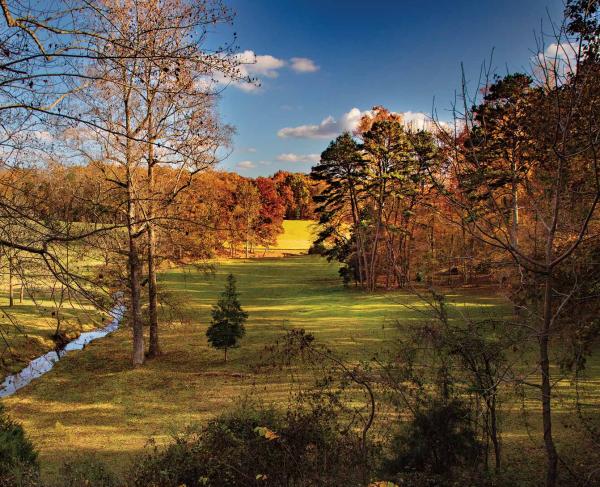The Overmountain Men

The Overmountain Men were not your average Patriots. Residing in the Carolina backcountry and the Appalachians, these men were originally reluctant to pick up arms for the American cause. At the start of the war, the South provided a Loyalist foothold for Britain. As the war progressed, this foothold started to crumble and Patriot sympathies grew in parallel effect with Patriot victories.
After the British won the Battle of Camden in August of 1780, General Charles Lord Cornwallis wished to tighten British control in the region. He did so by invading North Carolina and sending Major Patrick Ferguson into the mountainous regions of the South to track down Patriot sympathizers while also protecting the region’s Loyalists. To track down such Patriot sympathizers, Ferguson sent a Whig prisoner into the inhabited mountains to carry forth a warning. He warned if there were continued support against British arms, that his army would march “…over the mountains, hang their leaders, and lay their country waste with fire and sword.”
Ferguson’s warning didn’t produce the submission of Patriot sympathizers as expected but instead inscreased the desire to pick up arms against the British. When delivered to a militia colonel in North Carolina (in what is today Tennessee), the warning led to the spreading outrage of other regional Patriot leaders. In effect, these leaders decided to organize a mass of men to lead an attack against Ferguson. Such leaders included colonels Isaac Shelby, Samuel Phillips, John Sevier, William Campbell, Arthur Campbell, Charles McDowell, and Andrew Hampton. Troops were gathered and congregated in Sycamore Shoals, an outpost on the Watauga River. Minister Samuel Doak said unto the gathered troops, “The enemy is marching hither to destroy your homes.…Go forth, then, in the strength of your manhood to the aid of your brethren, the defense of your liberty and the protection of your homes.”
Filing out of Sycamore Shoals and into what is today’s Great Smoky Mountains, the force acquired a great many men who set off to protect their property against the British. Despite this intake of soldiers, there were unanswered concerns that remained. Not only was the force devoid of a supply train on the long trek, but it also lacked official authorization from the Continental Army and featured little military structure. Although a rag-tag bunch, the men made the most of their backcountry attributes. They carried necessities on their backs, drove cattle along the trail as a food supply, relied on rifles instead of muskets, and were skilled horsemen. With their makeshift ways, the Overmountain Men carried forth in their mission to confront Ferguson and his Tories.
The men hiked approximately 330 miles along a wearisome wilderness road, abounding with mountains and valleys. Their path crossed the Blue Ridge Mountains through the present-day states of Tennessee, Virginia, North Carolina, and South Carolina. Nearing Ferguson’s force, the Overmountain Men stood at more than 1,000 strong.
The clash of the villainous Ferguson against the hardy Overmountain Men and other backcountry revolutionaries took place on October 7th, 1780 at King’s Mountain. A detachment of approximately 900 Overmountain Men fought in the battle. As both American and British forces were uniformed, the Americans distinguished themselves by putting bits of white paper in the brim of their hats while the British resorted to using pine springs. The Americans used silence and stealth as they ascended the ridge of King’s Mountain to surprise the enemy. At the break of battle, the rowdy revolutionaries charged toward the enemy in a circular fashion relinquishing the might of their rifles. Lasting only an hour, the Americans fought with merciless fervor. Disregarding British surrender, Americans continued to slaughter Ferguson’s force. Upon the eventual close of battle, over 200 Tories lay dead, including Ferguson. Another 160 Tories lay wounded and roughly 700 prisoners were taken.
Today Americans can pay tribute to the revolutionary Overmountain Men who valiantly fought for the protection of their homes and families by visiting the Overmountain Victory National Historic Trail run by the National Park Service. The trail includes 87 miles worth of walkable pathway as well as a Commemorative Motor Route, which features distinctive trail markers. Encompassing 4 states, the trail tells stories of the men who are often forgotten in the expanse of revolutionary history.
Related Battles
90
1,018


